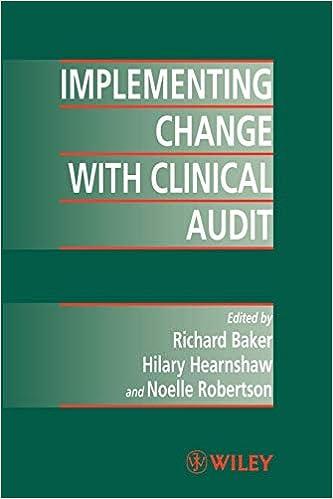4. Consumption, taxes and credit frictions. Households have utility U(c,c)=u(c)+u(c) with u(x)0x1x2, with 0>21>0. (a) Assume the discount factor is =(1.03)1 and the interest rate is r=0.03. Household income is y=y=1 and taxes are t=t=0.2. Credit markets are frictionless. Write down the household budget constraints, derive the intertemporal budget constraint and solve for the optimal allocation of consumption. Is the household a saver or a borrower? ( 10 points) (b) Now assume the household becomes more "impatient". Its discount factor is =(1.05)1 and all other assumptions are as above - i.e., the interest rate is still r=0.03. Solve again. Is the household a saver or a borrower? Explain the intuition. (15 points) (c) Go back to the assumption that the discount factor is =(1.03)1 and the interest rate is r=0.03. Household income is y=y=1 and the total present discounted value of taxes is as above. However, now there are frictions in credit markets, such that households can only borrow up to a fraction of their discounted future income net of taxes, that is, households have to satisfy the following borrowing constraint: s(1+ryt) where s are savings and 01. Can you derive a condition involving only current taxes t and the financial parameter under which a change in the timing of taxation would affect the intertemporal allocation of consumption? (Hint: use the unconstrained optimal consumption choice found above, the government intertemporal budget constraint, and the household budget and borrowing constraint, to express the combinations of values of t and such that the timing of taxes matters.) Provide intuition on the role of t and in this condition. (20 points) (d) Draw the set of allocations for present and future consumption (in the (c,c) diagram) that households can afford, given the budget and borrowing constraint. Indicate where the endowment point and the intersections of the constraints with the axes are. (10 points) 4. Consumption, taxes and credit frictions. Households have utility U(c,c)=u(c)+u(c) with u(x)0x1x2, with 0>21>0. (a) Assume the discount factor is =(1.03)1 and the interest rate is r=0.03. Household income is y=y=1 and taxes are t=t=0.2. Credit markets are frictionless. Write down the household budget constraints, derive the intertemporal budget constraint and solve for the optimal allocation of consumption. Is the household a saver or a borrower? ( 10 points) (b) Now assume the household becomes more "impatient". Its discount factor is =(1.05)1 and all other assumptions are as above - i.e., the interest rate is still r=0.03. Solve again. Is the household a saver or a borrower? Explain the intuition. (15 points) (c) Go back to the assumption that the discount factor is =(1.03)1 and the interest rate is r=0.03. Household income is y=y=1 and the total present discounted value of taxes is as above. However, now there are frictions in credit markets, such that households can only borrow up to a fraction of their discounted future income net of taxes, that is, households have to satisfy the following borrowing constraint: s(1+ryt) where s are savings and 01. Can you derive a condition involving only current taxes t and the financial parameter under which a change in the timing of taxation would affect the intertemporal allocation of consumption? (Hint: use the unconstrained optimal consumption choice found above, the government intertemporal budget constraint, and the household budget and borrowing constraint, to express the combinations of values of t and such that the timing of taxes matters.) Provide intuition on the role of t and in this condition. (20 points) (d) Draw the set of allocations for present and future consumption (in the (c,c) diagram) that households can afford, given the budget and borrowing constraint. Indicate where the endowment point and the intersections of the constraints with the axes are. (10 points)








